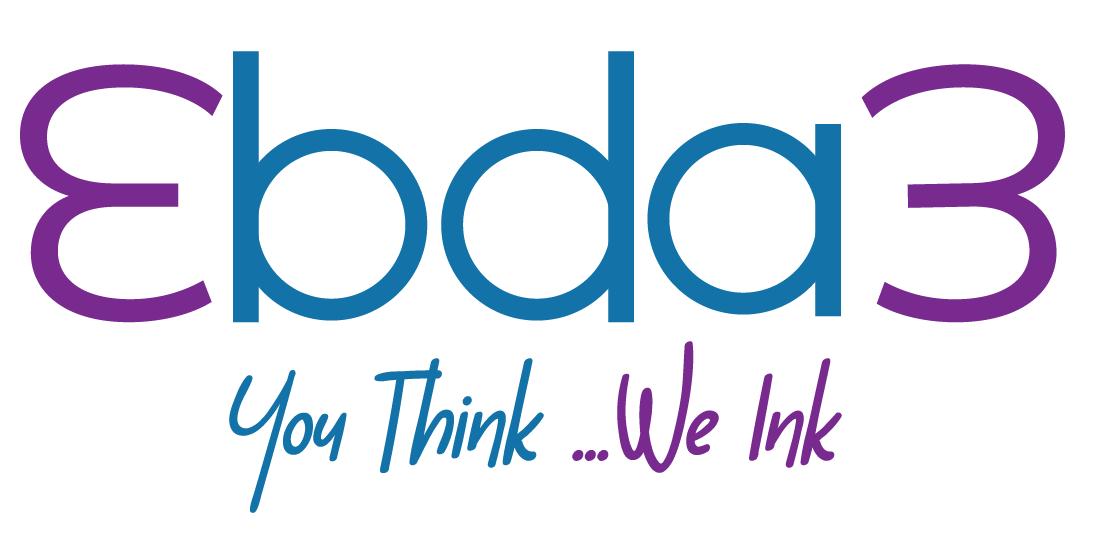Tips to Elevate Your Content Creation

Content writing encompasses a wide array of writing tasks, from crafting social media copy for small businesses to drafting press materials for insurance brands. But what exactly is content writing, and how can you take your content to the next level? Let’s dive in.
What is Content Writing?
Content writing involves creating and editing written content for the internet, including blog posts, articles, social media posts, website copy, and more. The common thread among these types of writing is their purpose: to be consumed by an audience and enrich the connection between a brand and its target audience.
In today’s digital landscape, content creation is a crucial component of most businesses’ marketing strategies. As of 2020, 70% of marketers actively invest in content marketing, making the role of a content writer more in-demand than ever before. However, the specifics of the role can vary depending on industry and business needs.
Regardless of format, content writers play a vital role in creating high-quality content that represents and strengthens a brand’s voice, while also attracting, engaging, and delighting the right audience. They are the storytellers of their brand, conveying meaningful messages to inspire action and drive sales.
Tips to Elevate Your Content Writing:
Write Unique and Original Content:
Research extensively, but don’t stop there. Avoid simply regurgitating information found online. Instead, strive to offer unique insights, anecdotes, or examples to make your content stand out.
Craft a Compelling Hook:
Capture your reader’s attention from the start with a captivating hook that draws them into your content. Whether it’s an intriguing question, a startling statistic, or a compelling anecdote, a strong hook sets the tone for the rest of your piece.
Optimize for SEO:
Familiarize yourself with SEO principles to ensure your content ranks well on search engines. Conduct keyword research, incorporate relevant keywords naturally into your content, and cover popular topics related to your niche.
Tailor Content for Different Platforms:
Consider how your content will perform across various platforms, including social media, email, and websites. Adapt your writing style and format to suit each platform’s audience and requirements.
Use Multimedia to Enhance Engagement:
Incorporate videos, images, infographics, or other multimedia elements to break up the text and enhance reader engagement, especially for long-form content.
Include Relevant Calls-to-Action (CTAs):
Guide your readers towards the next step by incorporating relevant CTAs throughout your content. Whether it’s encouraging them to learn more, subscribe to a newsletter, or make a purchase, CTAs help drive conversions.
Edit Thoroughly:
Take the time to edit and revise your content for grammar, clarity, and coherence. Minor errors can detract from your credibility, so ensure your writing is polished and error-free.
Provide Value in Every Sentence:
Ensure that each sentence in your content adds value and contributes to your overall message. Cut out any unnecessary fluff or repetition to keep your writing concise and impactful.
Experiment with Unique Angles:
Explore fresh and surprising angles to make your content more engaging and memorable. Test out different approaches to familiar topics to capture your audience’s interest.
Incorporate Original Quotes and Insights:
Enhance the credibility and depth of your content by including quotes or insights from thought leaders, experts, or colleagues. Original perspectives help differentiate your content and provide additional value to your audience.
Make Content Relevant to Your Audience’s Lives:
Connect your content to your audience’s daily lives by highlighting why it matters and how it can benefit them. Show readers the practical applications of your content and how it can help them solve real-world challenges.
Ground Advice with Examples:
Illustrate your points with relevant examples or case studies to make your content more tangible and relatable. Examples help reinforce your message and demonstrate its applicability in real-life situations.
Incorporating Generative AI in Content Writing:
While generative AI tools can aid in content creation, they should be used as a supplement rather than a replacement for human creativity. Provide clear context and instructions when using AI prompts, be specific about your requirements, and workshop your prompts as needed to achieve the desired results. Remember to maintain your unique voice and perspective when incorporating AI-generated content into your writing process.
In conclusion, content writing is a multifaceted discipline that requires creativity, strategy, and a deep understanding of your audience’s needs. By implementing these tips and examples, you can elevate your content writing efforts and create compelling, valuable content that resonates with your audience.





